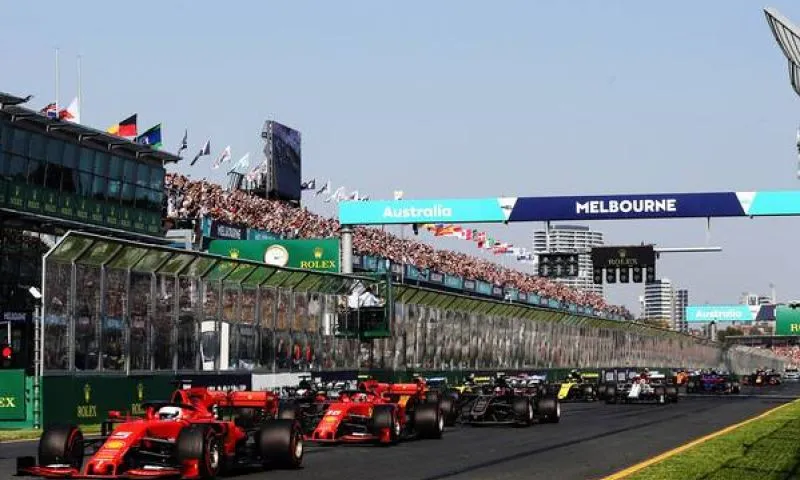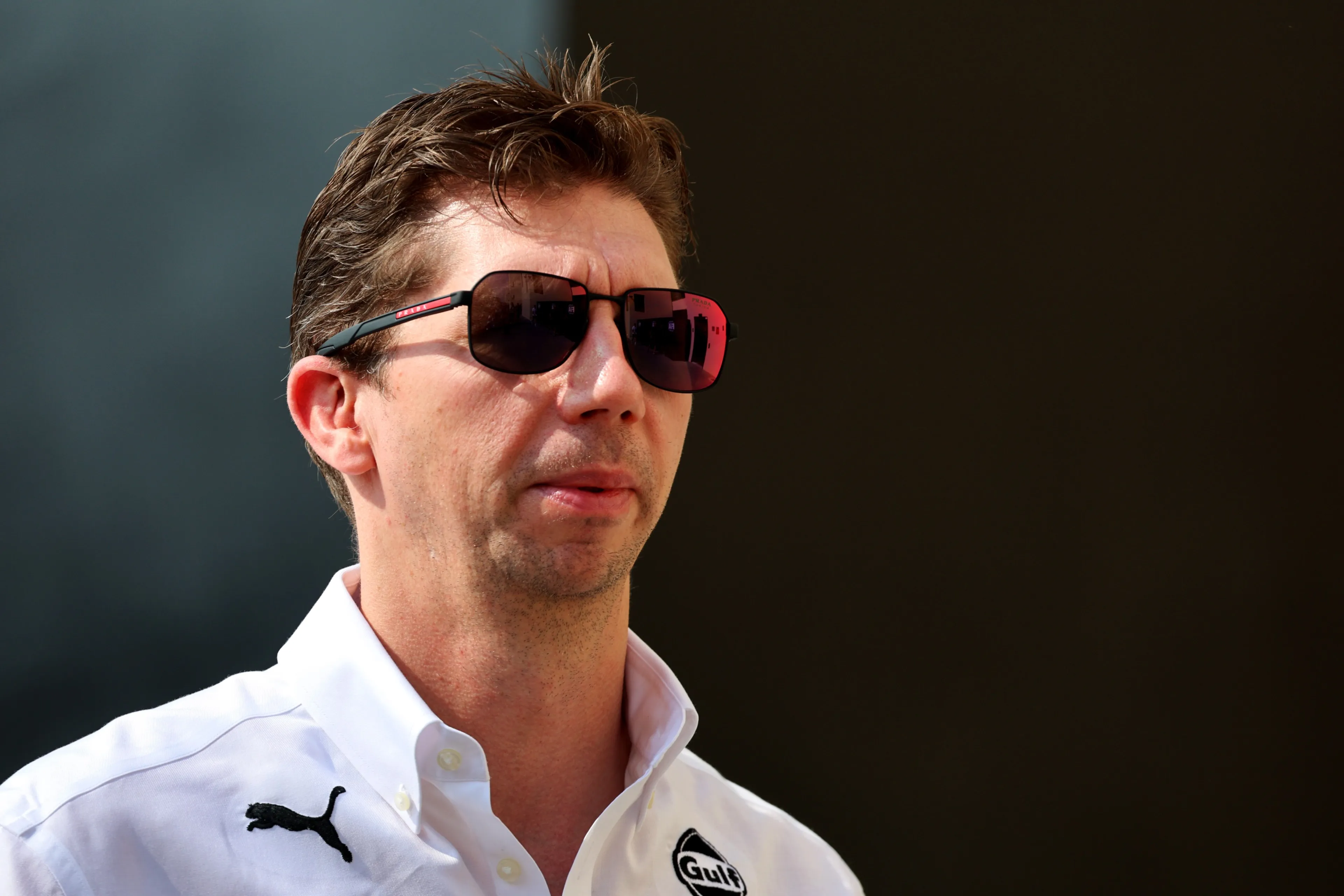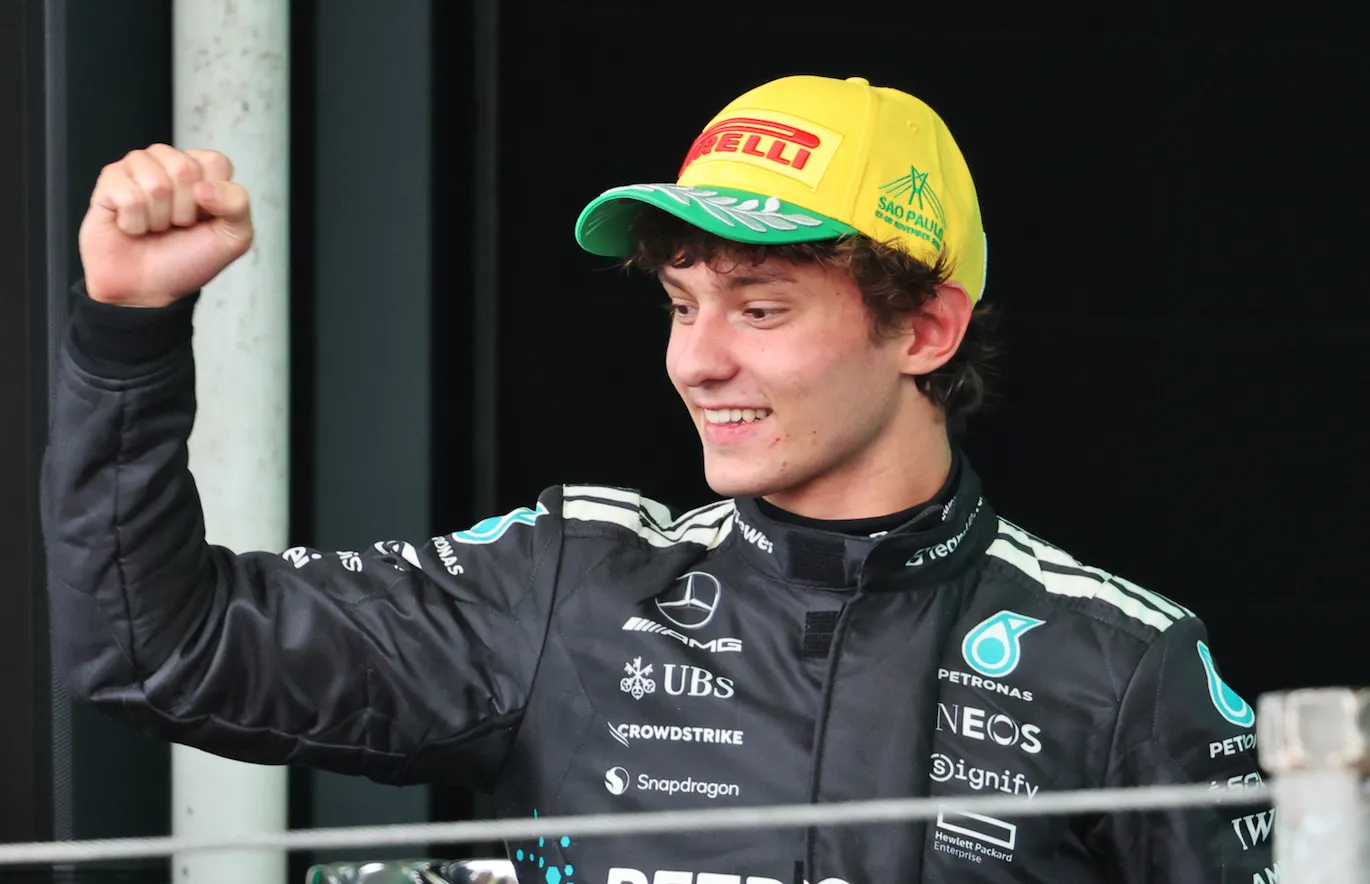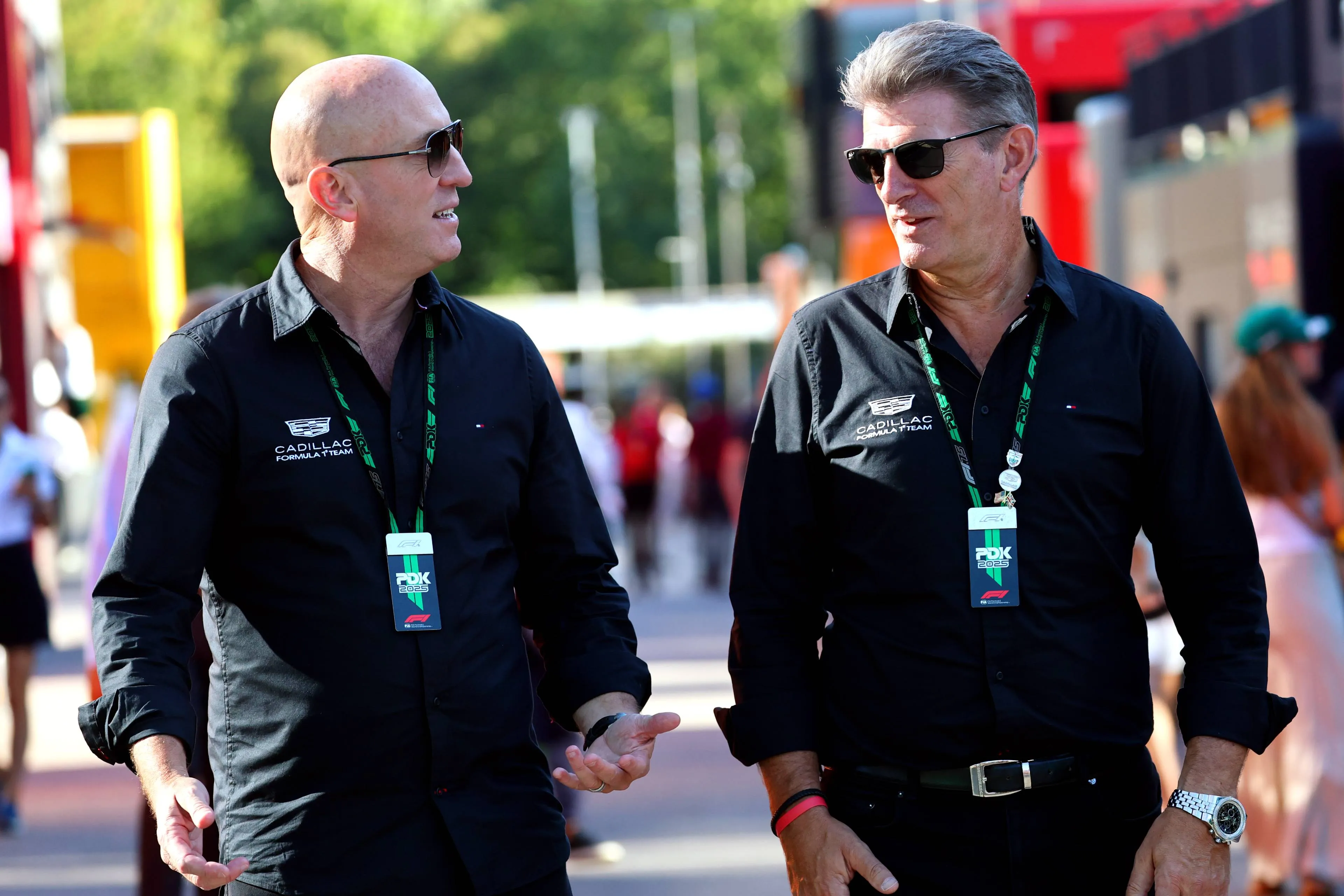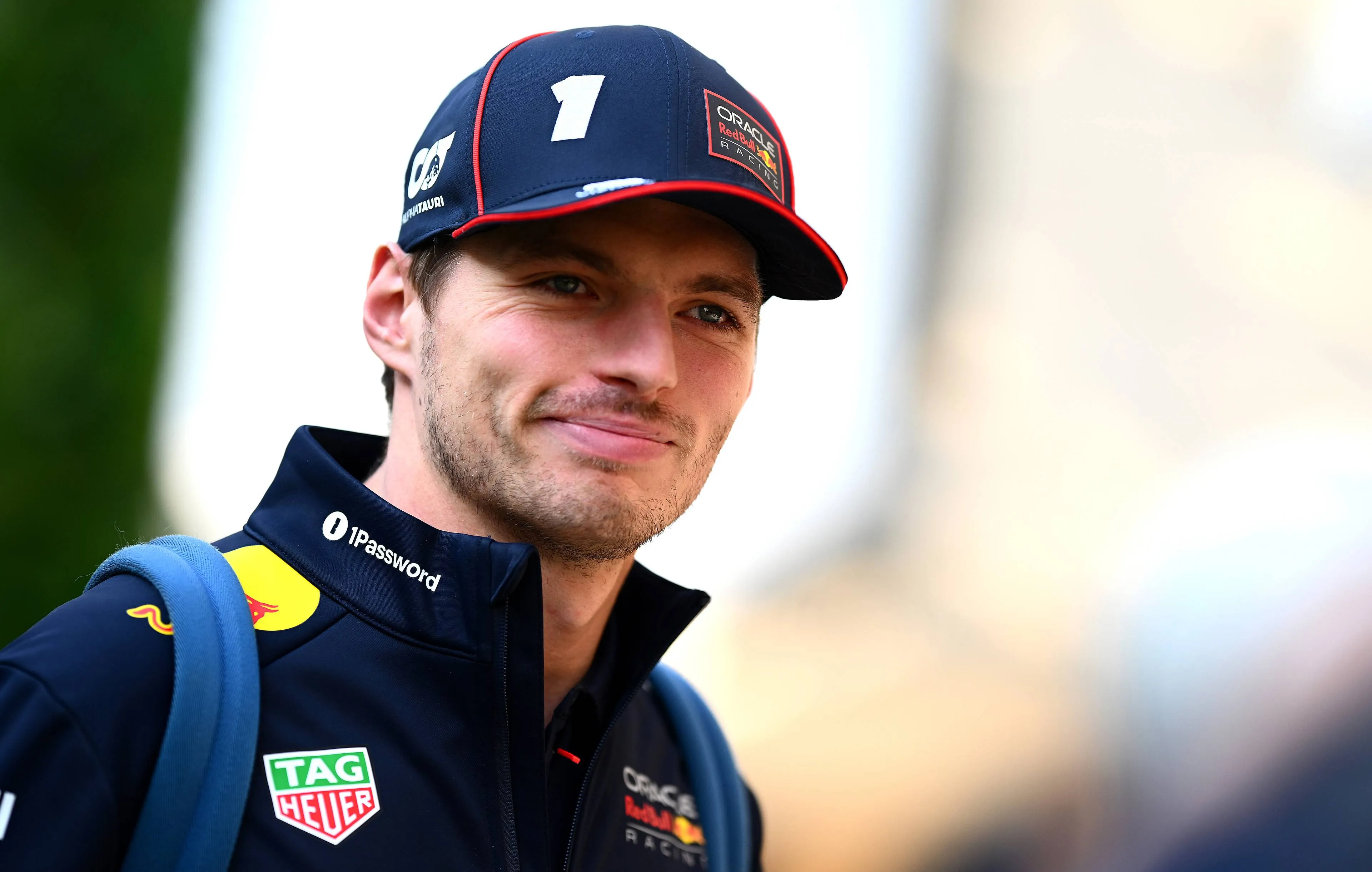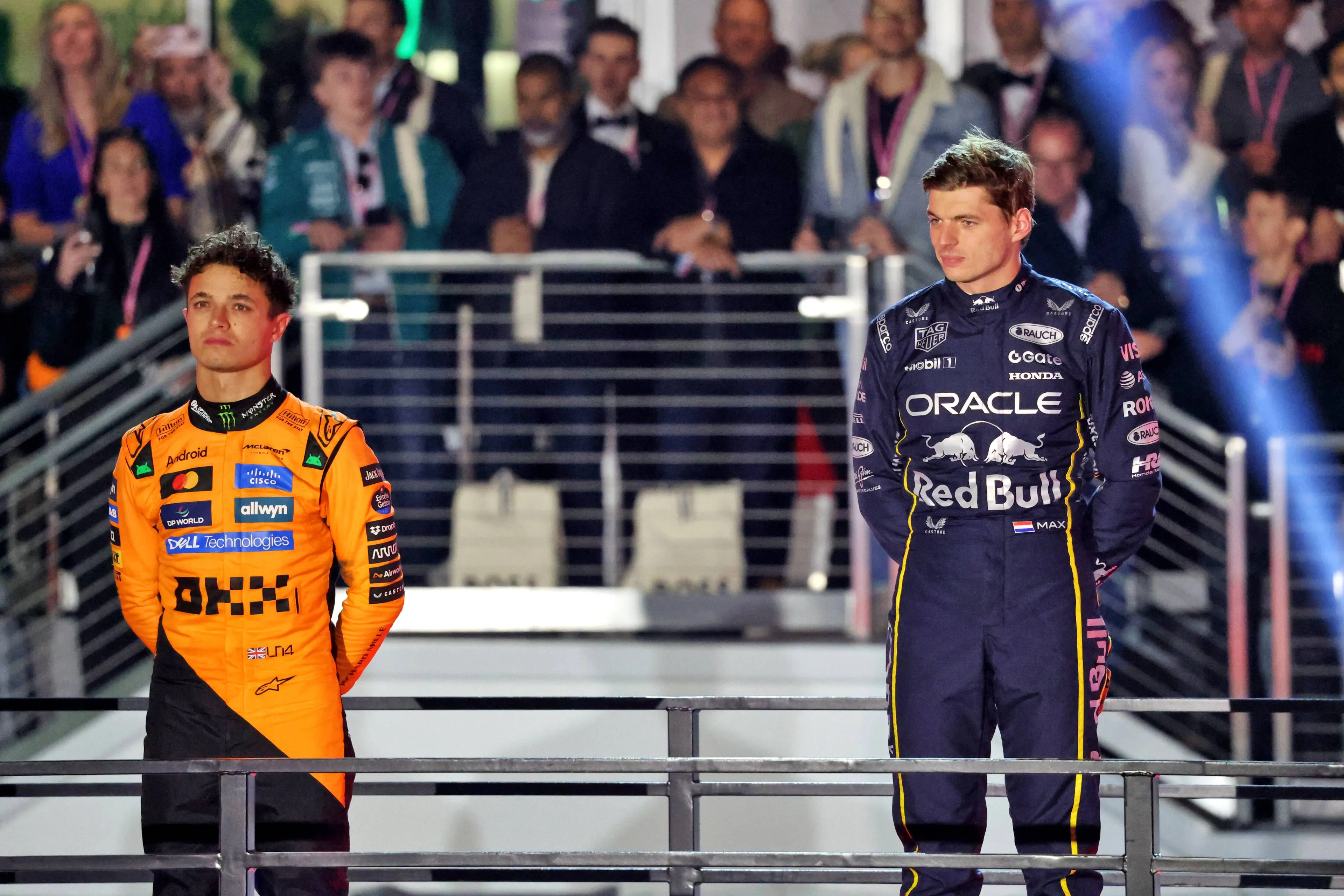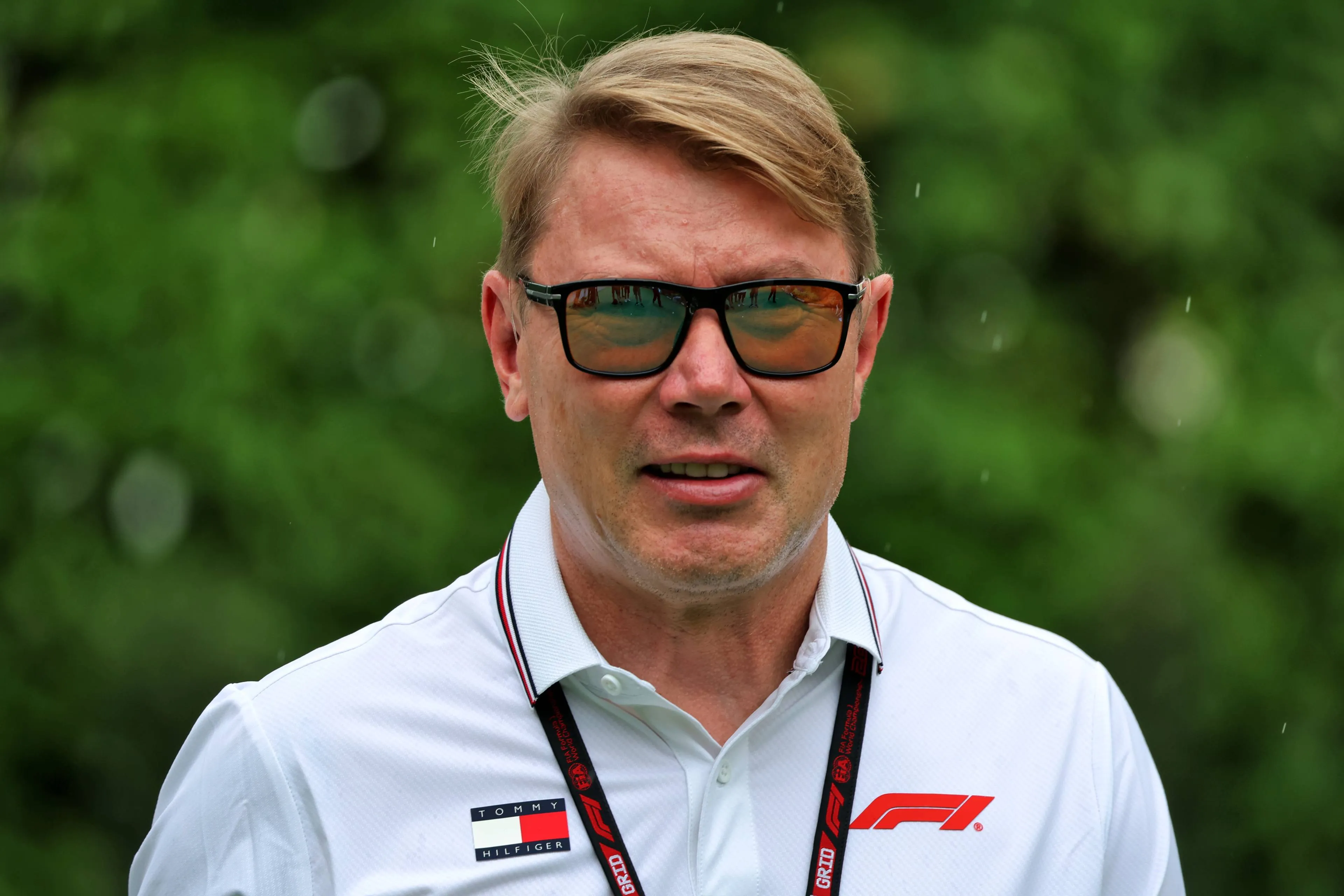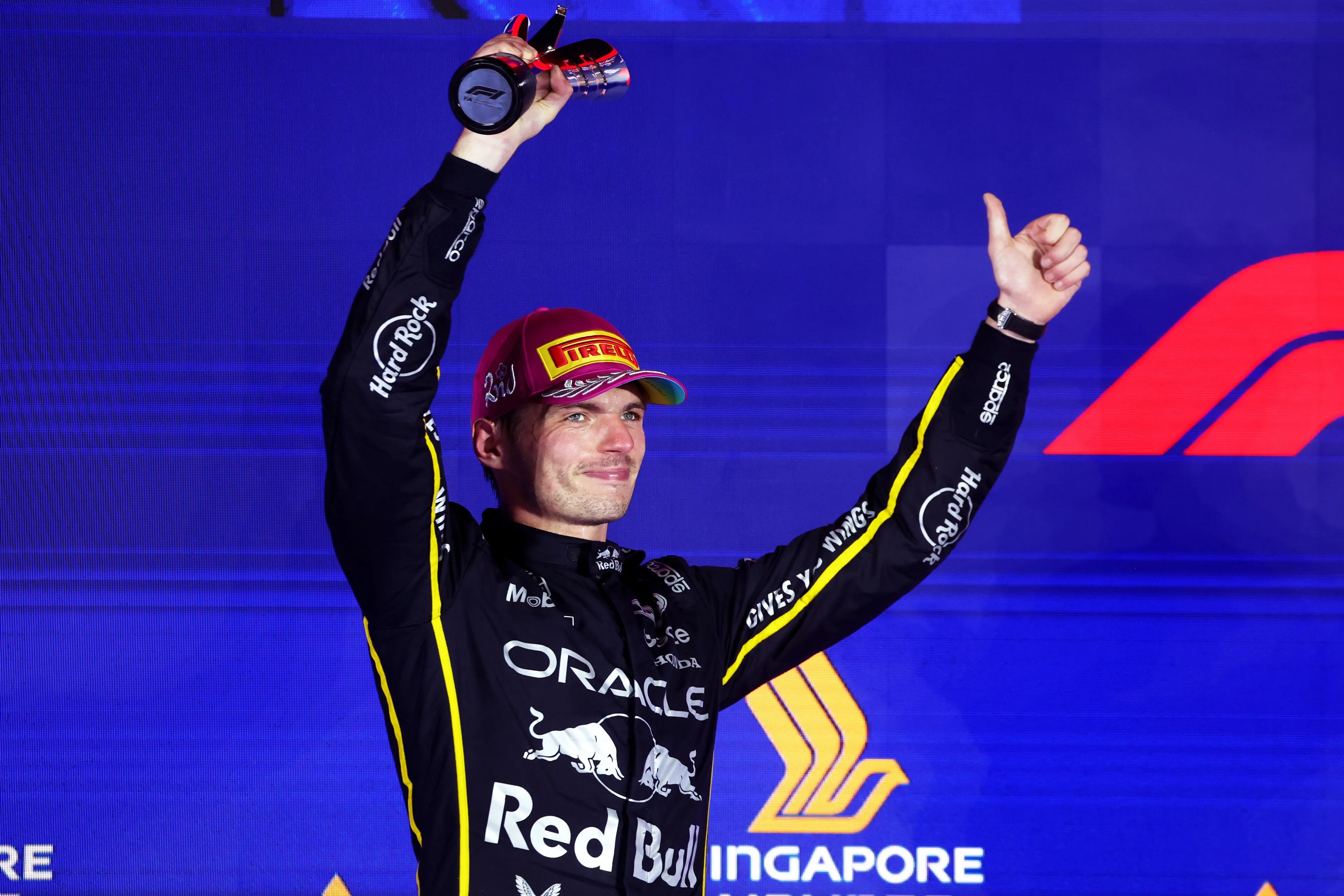Australian Grand Prix track changes: Wider corners and fresh tarmac
13:30, 05 Apr 2022
3 Comments
For the first time in over three years, the Australian Grand Prix returns to the Formula 1 calendar. Indeed, the sport visited the Albert Park Circuit in 2020 but the green light never came on as the world began its coronavirus shutdown. But the organisers and the tarmac itself has been kept extremely busy during this period.
The Albert Park Circuit always received heavy criticism. As the season opener, it received plenty of negative comments as the race rarely lived up to the hype of a new year. Overtakes became few and far between on the relatively narrow street circuit. And where it was a bit wider, braking zones were often bumpy.
The organisers had to act to try and improve the spectacle with the fear of being knocked off the F1 calendar that has less and less room each year. There have been positive conversations from a range of stakeholders so far, but only the Grand Prix itself on Sunday will let us know whether or not the changes have improved things.
Many changes
The pit lane has been widened which should allow the FIA to increase the pit limiter speed by 20km/h. This should make pitstops more appealing to the strategy team because less time is lost. Therefore Formula 1 are hoping this creates more variety in strategy. The entire circuit has also been resurfaced for the first time since the inaugural Grand Prix at the venue in March 1996. This is before both title challengers Charles Leclerc and Max Verstappen were even born.
Severn corners have been altered and updated for the 2022 Formula 1 Grand Prix in Australia. The first corner has been widened by 2.5 meters. This should allow for a cleaner race start at what has been a costly first corner through the decades. Whilst this change won’t allow for overtakes at turn one, it should allow attacking drivers to stay closer to the car ahead to get a better run down to turn three.
At turn three, the track has been widened by four meters and this should give drivers more opportunities to overtake. With a wider track, it also becomes harder to defend. It’s expected to be a key overtaking zone.
The angle of turn six is less sharp. This corner is now much quicker. It goes from a slow corner to a medium speed corner at almost 80km/h quicker. The chicane at, what was turn 9/10 has disappeared. With the current cars, it should be a flat-out push with DRS.
The drivers then approach the old turn 11 complex at a much higher speed compared to years gone by. Drivers will be maxing out the revs in top gear. This hard braking zone, after a run of DRS, should become the main place for overtaking. The penultimate turn 13 has also been widened.
Conclusion
The lap is going to be much quicker. The back straight will help cut the lap down significantly. There will be more chances for an overtake with the heavy braking zone, but it probably doesn’t change too much.
The real saving grace for the Australian Grand Prix is that Formula 1 arrives with a brand new set of rules and regulations that have so far proved their worth in Bahrain and Saudi Arabia. Drivers are able to run closer together for much longer, which has generated multiple lap battles from the back of the field to the fight for the race lead.
Four DRS zones might be a little bit overkill, but this is a bit of an experiment and one that F1 shouldn’t be afraid to step away from. As we’ve already seen, the battle for the DRS detection points could prove as exciting as some overtakes.
Read more about:
Popular on GPBlog

1
Mercedes star handed double penalty in off-season racing outing
2121 times read

2
Bad news for Bottas as F1 comeback undermined by early setback
813 times read

3
FIA already warned F1 teams seeking to exploit loopholes in 2026 rules
563 times read
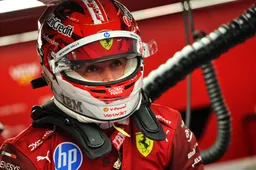
4
Leclerc signals uncertainty as Ferrari braces for 2026 upheaval
468 times read
Loading
